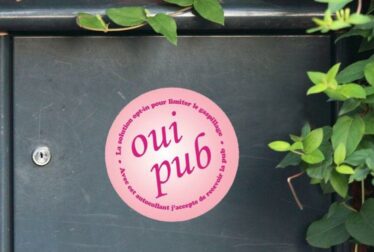The omnichannel customer journey has become a reality: consumers no longer hesitate to consult digital channels before going to the store or, vice versa, to complete their visit with an order if the product is not available on the shelves. In this new phygital experience for brands, mobile plays a predominant role: 92% of marketing SMS are read within 4 minutes of receipt (source Médiamétrie).
The importance of respecting the fundamentals of the customer experience
The effectiveness of a drive-to-store campaign is based above all on the intrinsic elements of the brand: is the location of its stores optimal for creating a sufficient first level of natural traffic? What are its values, the products offered or the services that make the difference and make you want to come back?
Daring the complementarity between digital presence and personalized mailings
88% of people who search locally on their phone visit a store within 24 hours (source: Google Local Search Statistics 2019). It is therefore essential for brands to take care of their digital presence, whether on Google My Business, social networks, etc. in order to ensure the accuracy of the information posted online and pay particular attention to customer reviews. In addition, various marketing actions will be able to be undertaken to encourage visits: email, sms, etc. The challenge is to be in a performance-oriented approach, in particular thanks to fine targeting so that communications are personalized and therefore, maximize your chances of grabbing attention. To do this, geographical data will be used in particular for mailings linked to the catchment areas of each store, or socio-demographic or transactional data to personalize the message and the offer.
The Dékuple method: know, target, activate, measure and adapt
Measuring the business impact of each drive-to-store action is then necessary to engage in an iterative process of continuous improvement. The But brand, for example, alongside the teams of Converteo (digital and data consulting firm of the Dékuple Group) opted for a Media Mix Modeling approach in order to identify the most efficient digital channels – among display, SMS , social media or even SEA – to compensate for a reduction in mailings of paper prospectuses. The Dékuple agency having ensured the activation of test campaigns. Another example is that of Printemps, which was able to set up a drive-to-store SMS campaign, always alongside our teams, measuring the number of visits generated and a CPVI (Cost Per Incremental Visit).
Would you like to know more about the subject of drive-to-store and performance measurement? Watch the replay of Claude Charpin’s speech (Dékuple) during Marketing Week:
Navigation map psd created by rawpixel.com – www.freepik.com



